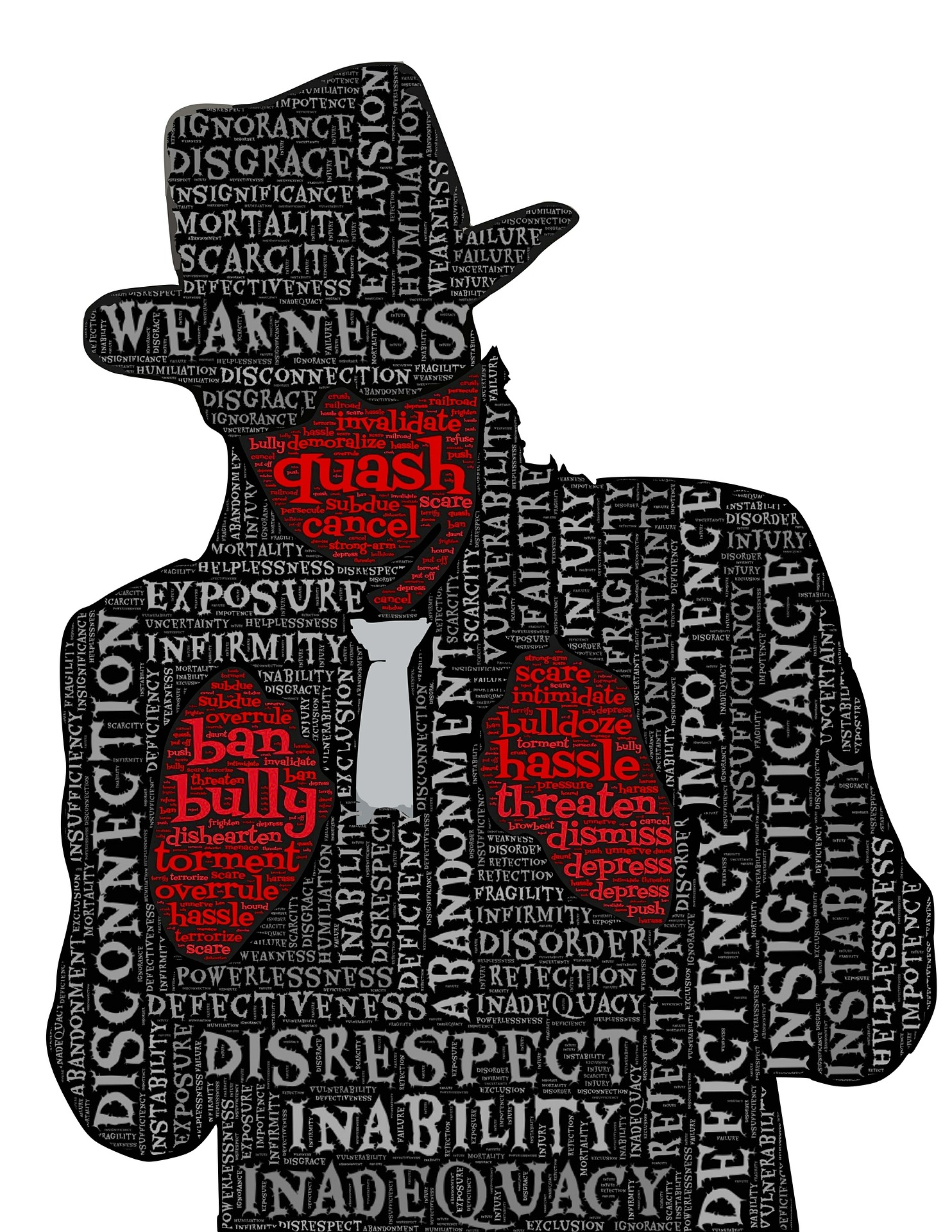Losing control, emotional outbursts, saying things that you regret afterwards or even physically assaulting someone – these are often examples of temporarily not being in control over one’s own behavior. What happens when we give in to these impulses and more importantly, why does it happen?
No one plans on not being in charge over one’s own actions. For example, being so mad that people get into a fight is often followed by regret and legal consequences. And yet, it still happens frequently that people lose control and give in to their emotions. The expression of losing control can be physically or verbally. The process of our emotions getting the best of us has been coined by Daniel Goleman as “emotional hijacking”[1], which is quite fitting considering the fact that we give up control over our behavior involuntarily. It almost appears like our emotions occasionally work against us. In order to understand why strong emotions are so hard to control, one must first look at the functioning of the brain and where those strong emotional outbursts are originating from.
It’s all Natures Fault
Most people have probably heard about the conscious and the unconscious mind that all humans operate under. In simplified terms, the conscious mind is the “thinking mind”, which describes the part of our mind that we use to solve challenging problems or absorb information. The qualities the conscious thought processes are considered to be intentional, controllable, accessible by awareness and serial in nature.[2] Basically, this part of the brain is being used if we consciously focus on what we are doing. However, if humans had to think about everything we do, for example, to breath, to pump blood through the body, or daily tasks like how to drive a car, the amount of information would be so overwhelming that functioning in today’s society would be impossible. Therefore, the subconscious mind takes care of those type of duties for us by automating a lot of those basic and repetitive tasks.[3] Basically, it allows us to focus our brain power on more challenging issues. Furthermore, evolution has programmed some instincts, like the fight or flight response, in the subconscious mind to raise the odds of survival.[4] If one would be attacked by a bear in a forest and we first start to rationally analyze the danger and process all the information given, chances are that the person will not have enough time to finish the analysis. For this reason, humans developed a flight or fight response that alerts the body in an instance and mobilizes all available power on the regions that help raise the odds of survival.[5] This happens when a region in the brain known as the amygdala, which is where emotions originate from, takes over the neocortex, which is the region usually responsible for our thinking.[6] This means once the amygdala is taking control of the neocortex, we are run by our emotions and no longer by rational or logical thinking. This might be useful while facing a bear attack, but in today’s society it is not. Chances are that life-threatening situation are fairly rare in our day-to-day interactions. However, this does not mean that people do not feel threatened or get triggered by their emotions.
Implications on our Daily Lives
Emotional hijacking can be triggered through different events – depending on the person. Typically, these triggers are linked to past traumas or pains which the current situation reminds us of or when we feel threatened.[7] When this happens, we sabotage ourselves since emotional hijacking rarely leads to a positive outcome. This is important to know for leaders in any type of industry or even psychologist in general. Especially in high pressure situations, stress is an unavoidable by-product and can often generate negative emotional responses.[8] Action lead by emotions can be very damaging for relationships and the overall work environment. Everyone, who has been yelled at by his or her supervisor at work, knows how irritating and frustrating this experience can be. Especially, if the criticism is personal, unproportional or even seemingly unrelated to one’s action. Therefore, leaders must be able to control their emotions and make an effort to provide clear leadership, which is based on facts rather than emotions. Understanding what happens during emotional hijacking is an important step towards this ideal.
Conclusion
In conclusion, it is essential for leaders in any position to be aware of emotional hijacking. This is not only due to the fact that leaders should treat their subordinates fair, but also set an example for them. Furthermore, it also allows them to understand what triggers these type of emotional responses and by avoiding these triggers in the future, become even better at their leadership position. Moreover, a more accurate assessment of those situations is possible when they happen inside a team. For example, during high stress situations or arguments. Being aware of this phenomenon allows us to improve overall relationships, understand people better, as well as become a better leader. It also explains why people can sometimes be their biggest enemy by letting their emotions get the best of them.
Footnotes
[1] Cf. Hanson (o. J.)
[2] Cf. Bargh/Morsella (2008), p. 73
[3] Cf. Bargh/Morsella (2008), p. 74
[4] Cf. Kozlowska et al. (2015), p. 263-264
[5] Cf. Kozlowska et al. (2015), p. 267
[6] Cf. Farooqi (2008)
[7] Cf. Ressler (2010), p. 1117-1118
[8] Cf. Jeung et al. (2018), p. 187
Bibliography
Bargh, J. A., & Morsella, E. (2008). The Unconscious Mind. Perspectives on Psychological Science, 3(1), 73–79. https://doi.org/10.1111/j.1745-6916.2008.00064.x
Farooqi, S. (2008). Emotional Hijacking: The Trigger to an Unhealthy Mind. Abgerufen 25. November 2019, von http://www.lifeandpsychology.com/2008/11/emotional-hijacking.html
Hanson, R. (o. J.). Emotional Hijacking. Abgerufen 22. November 2019, von https://www.rickhanson.net/emotional-hijacking/
Jeung, D.-Y., Kim, C., & Chang, S.-J. (2018). Emotional Labor and Burnout: A Review of the Literature. Yonsei Medical Journal, 59(2), 187–193. https://doi.org/10.3349/ymj.2018.59.2.187
Kozlowska, K., Walker, P., McLean, L., & Carrive, P. (2015). Fear and the Defense Cascade. Harvard Review of Psychiatry, 23(4), 263–287. https://doi.org/10.1097/hrp.0000000000000065
Ressler, K. J. (2010). Amygdala Activity, Fear, and Anxiety: Modulation by Stress. Biological Psychiatry, 67(12), 1117–1119. https://doi.org/10.1016/j.biopsych.2010.04.027
Image Source
https://pixabay.com/de/illustrations/aggression-scham-leiden-aggressiv-487274/







